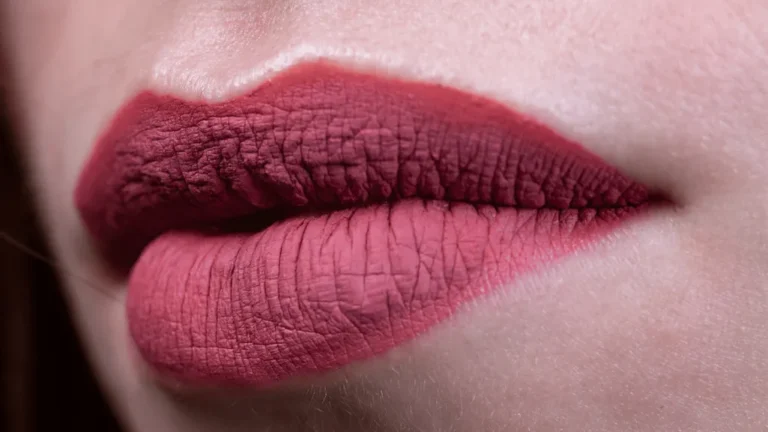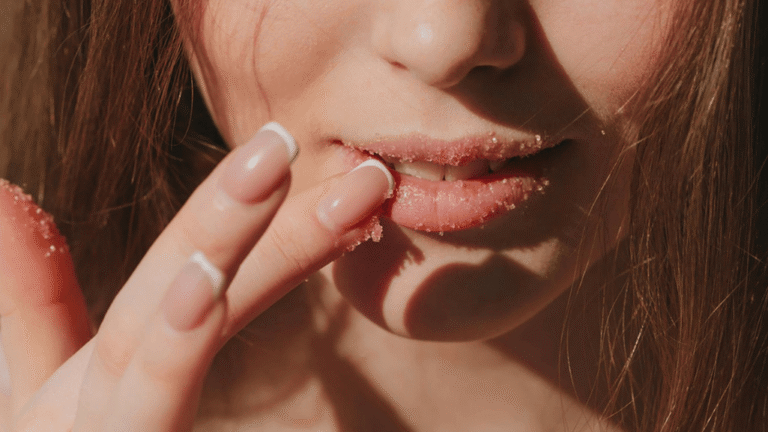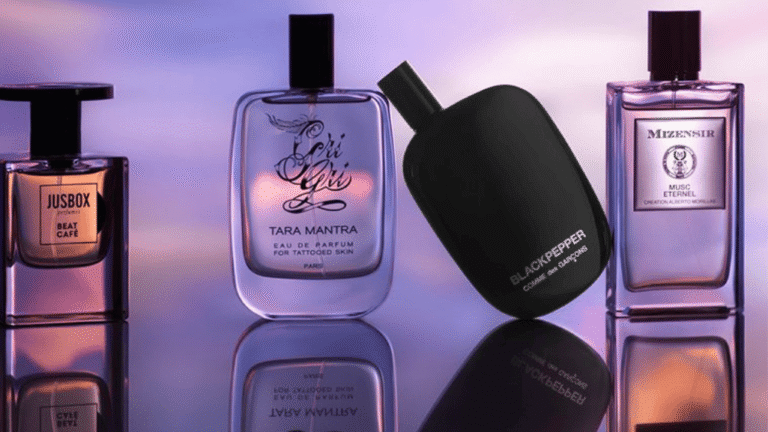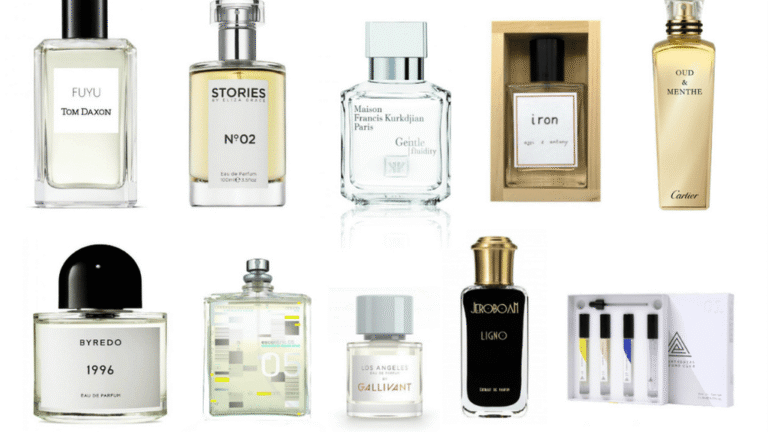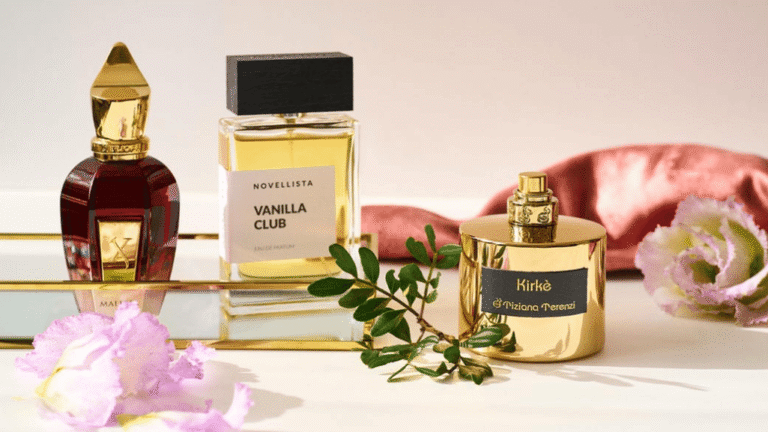Understanding the difference between eau de toilette and parfum helps you choose the right fragrance for your preferences and needs. Fragrances come in many forms with varying concentration levels and strengths, and those concentration differences largely determine a scent’s intensity, longevity, and how it behaves on your skin. In this guide you’ll learn what makes parfum, eau de parfum, and eau de toilette distinct, when to choose each, and quick tips for testing fragrances in-store or at home.
Key Takeaways:
What’s the difference between toilette and parfum: concentration drives intensity and wear time.
Fragrances exist at multiple concentrations—parfum, eau de parfum, eau de toilette—and each suits different occasions.
Eau de toilette is lighter and fresher; parfum (parfum) is richer and longer-lasting.
Choosing the right strength is a personal choice based on climate, occasion, and how long you want the scent to last.
Formulations can vary by brand—EDP and EDT versions of the same name may smell noticeably different.
Read on to pick the right concentration for daytime, evening, or your signature scent and learn simple testing tips to find the perfect match.
Fragrance Concentrations: Perfume, Eau de Parfum, and Eau de Toilette
 Fragrance concentration is the key factor that affects a scent’s intensity, projection, and how long it lasts on your skin. Below are the common concentration categories and what you can generally expect from each—remember these are guidelines: longevity also depends on your skin type, climate, and where you apply the scent (pulse points, clothes, or hair).
Fragrance concentration is the key factor that affects a scent’s intensity, projection, and how long it lasts on your skin. Below are the common concentration categories and what you can generally expect from each—remember these are guidelines: longevity also depends on your skin type, climate, and where you apply the scent (pulse points, clothes, or hair).
Perfume: Perfume (also called parfum) contains the highest concentration of fragrance oils—typically around 20% or more. That dense concentration delivers a rich, long-lasting fragrance that can often remain noticeable for six to eight hours or more. Ideal uses: evening wear, special occasions, or when you want a more luxurious, signature scent.
Eau de Parfum: Eau de parfum usually contains about 15% to 20% fragrance concentration. It offers strong character and respectable longevity—commonly around four to five hours—while remaining more wearable for daytime than pure parfum. Ideal uses: everyday wear when you want a lasting scent without overpowering the room.
Eau de Toilette: Eau de toilette generally has a lighter concentration of fragrance oils, roughly 5% to 15%. EDTs read as fresher and more subtle; they typically last two to three hours and often require reapplication throughout the day. Ideal uses: office or daytime wear, warmer weather, or situations where a lighter scent is preferred.
Quick comparison (typical):
Fragrance Concentration Typical Duration
Perfume 20% or more 6–8+ hours
Eau de Parfum 15%–20% 4–5 hours
Eau de Toilette 5%–15% 2–3 hours
Practical tips: test fragrances on your skin (not just a paper strip) and give them at least a few hours to dry down before deciding. For longer wear, layer with unscented or matching lotion; for a lighter presence, spray on clothing or hair. Keep in mind alcohol and water content in the formula can affect projection and how a perfume oils blend behaves on your body.
Fragrance Terminology: what’s the difference between toilette and parfum
eau de cologne and eau fraiche
Beyond parfum, eau de parfum, and eau de toilette, two lighter classifications are worth knowing: eau de cologne and eau fraiche. These tend to have much lower fragrance concentration and are useful options when you want a gentler scent or something suited to hot weather and frequent reapplication.
Eau de Cologne
Eau de cologne typically contains a low concentration of fragrance oil—commonly around 2% to 4%—so it reads as bright, citrusy, and refreshing. Because of that lighter concentration and higher alcohol content, colognes project well at first but usually last only a couple of hours. When to choose it: daytime, summer, gym or casual wear; spray generously on clothes or hair for longer perceived life. Common note families: citrus, green, and aquatic accords.
Eau Fraiche
Eau fraiche has an even lower concentration of fragrance oil (about 1% to 3%) and a higher proportion of water than many other types, which reduces alcohol content and gives a very light, delicate scent. It’s ideal for sensitive skin or when you want a subtle refresh without strong projection. Expect roughly up to two hours of noticeable scent; reapply as needed. Typical character: watery, light citrus, or soft aromatic blends.
Quick tips: test cologne and fraiche on a small skin patch if you have sensitivity. If you want a light daytime wear but slightly more longevity than fraiche, try an eau de toilette or a low-concentration eau de parfum. Remember: formulation differences between brands mean an eau parfum and eau toilette of the same name can still smell quite different.
Choosing the Right Fragrance Strength
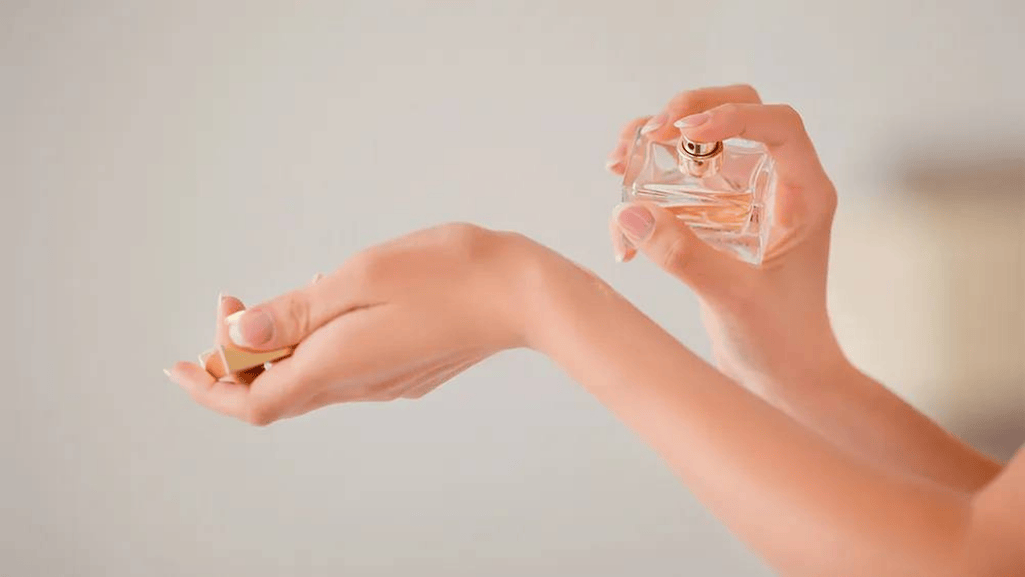 Selecting the right fragrance strength comes down to your personal preference, the occasion, and how long you want a scent to last. Below is a simple decision flow and practical tips to help you choose between parfum, eau de parfum, and eau de toilette.
Selecting the right fragrance strength comes down to your personal preference, the occasion, and how long you want a scent to last. Below is a simple decision flow and practical tips to help you choose between parfum, eau de parfum, and eau de toilette.
If you want long-lasting, concentrated scent:
Perfume (Parfum) — highest concentration (about 20% or more). Best for evening events, special occasions, or when you want a signature scent that lasts up to eight hours or more. Think warm, rich bases like vanilla or oud for depth.
If you want strong character but more daytime-friendly:
Eau de Parfum — mid-high concentration (15%–20%). Offers solid longevity (roughly four to five hours) while remaining wearable for daily use. Good for office-to-evening transitions; floral or woody EDPs balance projection and subtlety.
If you want light, fresh daytime wear:
Eau de Toilette — lighter concentration (5%–15%). Fresh and subtle, typically lasting two to three hours and suitable for day, warm weather, or the office. Citrusy or green top notes are common in EDTs.
Quick checklist:
– Need all-day wear for a long outing or night out? Choose perfume.
– Want something that’s noticeable but office-appropriate? Reach for an eau de parfum.
– Prefer a light, daytime scent that’s easy to reapply? A eau de toilette works well.
Practical application tips:
– Apply on pulse points (wrists, inner elbows, base of throat) for better projection from your body heat.
– Layering: use an unscented or matching lotion to extend wear throughout day; for a subtler presence, spray on clothing or hair.
– Test on skin and allow 4–8 hours to gauge longevity—skin chemistry and climate influence how long a fragrance lasts.
Fragrance Strength Comparison
 Fragrance Type Concentration of Fragrance Oils Duration on the Skin
Fragrance Type Concentration of Fragrance Oils Duration on the Skin
Perfume ( Parfum) 20% or more Up to eight hours
Eau de Parfum 15% to 20% Four to five hours
Eau de Toilette 5% to 15% Two to three hours
Choose the concentration that fits your lifestyle and occasion, and remember—testing on your skin and trying samples over time is the best way to find a fragrance you’ll enjoy wearing day after day.
Understanding the Scent Experience: Eau de Parfum vs Eau de Toilette
The difference in concentration between eau de parfum and eau de toilette changes how a fragrance smells over time and how it feels on your skin.
Eau de Parfum (EDP): richer, warmer, longer-lasting. With a higher concentration of fragrance oils, EDPs present fuller blends that develop through distinct stages—top notes, heart (middle) notes, and base notes—giving an evolving olfactory experience. Expect deeper base notes like vanilla, musk, or wood to become more prominent as the day goes on. EDPs are great for evening wear or when you want a signature scent with lasting presence.
Eau de Toilette (EDT): brighter, fresher, lighter. EDTs emphasize fresher top notes (often citrus, green, or aromatic accords) and read as more uplifting and subtle. Because of the lighter concentration, EDTs tend to sit closer to the skin and may require reapplication for extended wear, making them ideal for daytime, warm weather, or situations where a lighter scent is preferred.
How notes evolve: top notes give the first impression (citrus, herbs), heart notes form the character (floral, spices), and base notes provide depth and longevity (vanilla, amber, musk). Higher concentrations amplify the presence of base notes and the overall blend’s longevity.
Factors to consider when choosing:
– Intensity & longevity: Need all-day wear? Choose EDP or parfum. For shorter, fresher wear, pick an EDT.
– Occasion: evening or night often favors richer EDP; daytime or office favors EDT or lighter blends.
– Climate: warmer weather favors lighter concentrations; cold weather lets heavier scents shine.
– Signature vs casual: if you want a signature scent that lingers, opt for parfum/EDP; for casual daily rotation, use EDT.
Quick tip: always test on your skin and wait through the dry-down phase (a few hours) to judge how a fragrance’s notes and sillage behave on your body before deciding.
Unique Formulations: Eau de Parfum and Eau de Toilette
Even when two bottles share the same fragrance name, the eau de parfum (EDP) and eau de toilette (EDT) versions can be formulated differently. Brands often tweak the balance of top, middle, and base notes or adjust the concentration of perfume oils and solvents (alcohol/water) to create distinct blends that behave differently on your body and clothing.
Formulation differences
EDP and EDT variations may include changes to the proportion of perfume oils, the type of supporting ingredients (more alcohol or a higher water ratio), and the relative emphasis on certain notes. For example, an EDP may emphasize deeper base notes like vanilla or oud so the scent reads richer and lasts longer, while an EDT might highlight fresher top notes like citrus or green accords for an immediate bright impression.
Hypothetical example
Brand X releases an EDT and an EDP of the same name. The EDP version contains a higher oil concentration and a warmer base (vanilla, amber), producing a fuller dry-down and longer lasting signature. The EDT focuses on lighter top and heart notes, making it feel brighter at first and more suitable for daytime wear. Note: this is an illustrative example—actual differences vary by brand and batch.
How notes behave
Top notes give the first impression (citrus, herbs), heart/middle notes form the fragrance’s character (floral, spice), and base notes provide depth and longevity (vanilla, musk, woods). Higher concentration formulas amplify base notes and the overall blend, increasing sillage and duration on the skin.
How to test and choose
– Always test on your skin (not only on a paper strip) and allow the fragrance to dry down for a few hours to hear the full story of the blend.
– If you prefer a long-lasting, luxurious feel, seek parfum/EDP with richer base notes (vanilla, amber, woody accords).
– If you want a lighter, more approachable daytime option, try an EDT that emphasizes top notes and a fresher character.
– Remember: alcohol and water content influence projection and comfort on skin—some formulations may feel lighter because they contain more water, while others project more due to higher alcohol and oil content.
Condensed comparison
 Formulation Concentration Top Notes Middle Notes Base Notes
Formulation Concentration Top Notes Middle Notes Base Notes
Eau de Parfum 15–20% (typical) Can be bold/vibrant Balanced Warm, deep (vanilla, musk)
Eau de Toilette 5–15% (typical) Often subtle/fresh Pronounced Lighter base presence
Additional note: we covered eau de cologne and eau fraiche earlier—those lighter types typically contain less oil and more water/alcohol, which makes them refreshing but shorter-lived. Exploring different types and formulations across brands is the best way to discover which blend, concentration, and overall fragrance profile matches your taste and skin chemistry.
Conclusion
Deciding between eau de toilette and parfum comes down to your personal choice, budget, and the scent experience you want to create. Consider concentration, longevity, and how a fragrance behaves on your skin when making a selection—then test samples to be sure.
Quick decision guide:
– Need long-lasting, luxurious presence? Choose parfum (parfum/EDP) with richer base notes like vanilla or warm woods for evening or signature wear.
– Want something noticeable but office-appropriate? Pick an eau de parfum for solid wear throughout the day.
– Prefer a light, fresh daytime scent or something easy to reapply? Go with an eau de toilette (or eau fraiche) for daytime and warm weather.
Practical CTA: Try samples on your skin, wait 4–8 hours to judge the dry-down, and note how the scent sits on your body before buying.
Frequently Asked Questions
What is the difference between eau de toilette and parfum?
They differ primarily in concentration of perfume oils: parfum (highest) lasts longer and reads richer; eau de toilette (lower) is lighter and fresher.
How do concentrations affect longevity?
Higher concentration generally means longer wear—parfum > eau de parfum > eau de toilette—though skin, climate, and application affect actual hours of wear.
Are there other fragrance types?
Yes—eau de cologne and eau fraiche are lighter types with less oil and different water/alcohol balances, suited to casual or sensitive-skin use.
How should I choose the right fragrance?
Decide by occasion (daytime vs evening), desired intensity, and how a scent develops on your skin. Test on skin, consider notes (top, middle, base), and use samples to find your signature blend.



